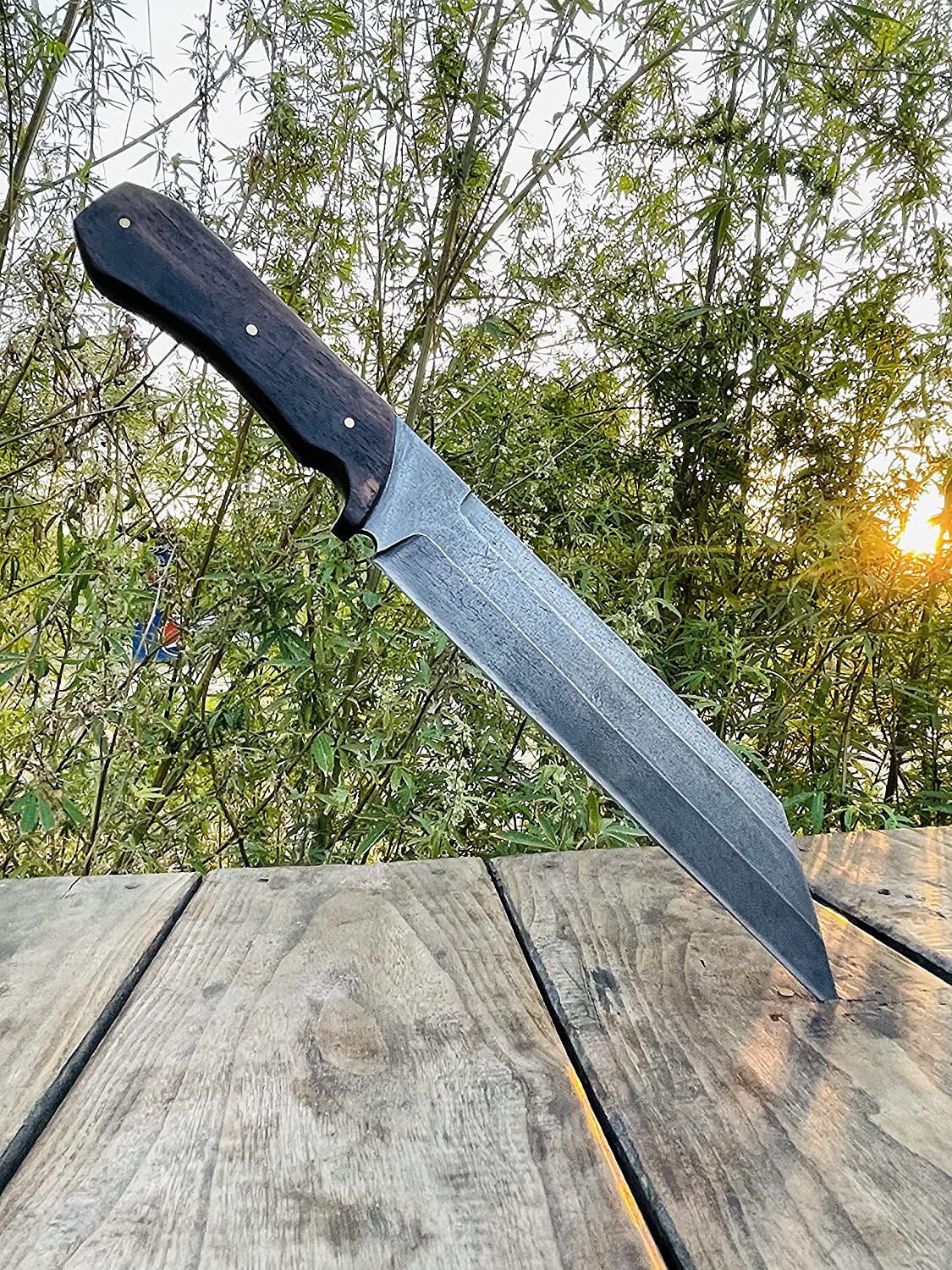No products found
Use fewer filters or remove all
Collection: Viking Helmet
Viking Helmet
The History of Viking
The history of the Viking helmet remains shrouded in mystery. However, it was undoubtedly a crucial piece of armor for the Vikings.
Drakka Viking Shields takes pride in offering a wide range of steel replicas, providing enthusiasts and collectors with an opportunity to experience the history and culture of the Viking era.
The Elements of Viking Helmet

The viking helmet was typically shaped like bowls with prominent nose guards. Very likely Viking-age helmets did not have horns, contrary to popular belief. Before and after the Viking era, helmet bowls were made from hammered iron. The Vikings typically made their helmets from several pieces of iron, which they riveted together using a method called spangenhelms. It is possible that the Vikings used this method due to its ease of manufacture and low labor requirements. The Viking-age smiths might not have been able to make the helmet's bowl from a single piece of iron due to the limitations of bog iron, commonly used during their era.
There was a single iron band that circled the head around the brow and was riveted to two additional iron bands that crossed at the top of the head. To create the bowl, the Vikings inserted iron plates that they had riveted into the four openings. They might have used hard leather instead of iron to fill these openings to save costs. In addition, the Vikings fastened the nose guard to the brow using a rivet, and although its appearance was awkward, it saved at least one nose from breaking.
Inside the Helmet
There is no information available regarding what was used inside the helmet. To lessen the force of impact from a strike, the Viking had to lift the helmet off the head and flatten it. When the iron of the helmet comes into direct contact with the wearer's skull, it provides minimal protection during a strike.
The main reason why helmets provide minimal protection during strikes is that the force of impact is immediately transferred onto the skull when the helmet's iron contacts it. This renders the helmet less effective in preventing injuries.
Numerous helmets and their parts do not have rivet holes, indicating the use of leather suspension systems. Vikings possibly utilized absorbent caps made of materials like sheepskin to prevent sweat from accumulating inside the helmet and causing rust.
Did viking helmets have horns?
The Vikings did not wear horned helmets, and archaeological excavations have not uncovered anything similar. The helmet functioned as head protection and served as a simple skullcap designed to absorb impact.
The Drakka helmets accurately reflect the round shape of the helmets worn by Viking raiders during the era.
What are some interesting facts?
As Viking society developed only in the 9th century C.E., there is no evidence that Vikings wore helmets with horns. In the 1800s, Scandinavian artists popularized depictions of nomadic raiders wearing the equipment by portraying them in their works, according to some historians
Historians and experts discovered that Vikings created their helmets by riveting together multiple pieces of iron, instead of having a single iron piece. This method was necessary due to the scarcity of bog iron during the Viking age. Extra add-ons to the helmet include nose guards and winged plates that guarded the neck, but face protection was minimal. According to some sources, Vikings might have fashioned helmet bowls from other materials, such as boiled leather or animal hides, instead of iron.
Vikings tailored helmets that fit each individual's head, and because of the lack of standard designs, their manufacturing methods varied across different regions. The helmets were not suitable for everyday life because of their impracticality and bulkiness. Therefore, Vikings only utilized helmets for military purposes.
Tips when buying a helmet:
Are you a history buff and looking for an authentic Viking helmet? Well, you might come across various options like cheap Viking, Norse, Norman and horned headgear. However, it’s important to note that the Vikings did not actually wear horned helmets - this is a common misconception.
If you’re looking for a real Viking helmet, you may want to consider investing in an authentic replica like the Gjermundbu helmet. Craftsmen craft these helmets to resemble the design and materials that warriors wore in their helmets. Keep in mind that a real helmet is likely to be quite expensive, as the materials and craftsmanship required to create an authentic piece are of the highest quality. But if you’re a serious collector, it’s well worth the investment.
If you are on a tight budget and looking for a more cost-effective option, you can explore replicas made with high-quality materials that are available at lower prices. Although not as historically accurate as genuine replicas, these options can still make an excellent addition to your collection.
No matter what type of helmet you choose, make sure to do your research and only buy from reputable sellers. With the right care, your helmet can be a treasured piece for years to come.
View More
-
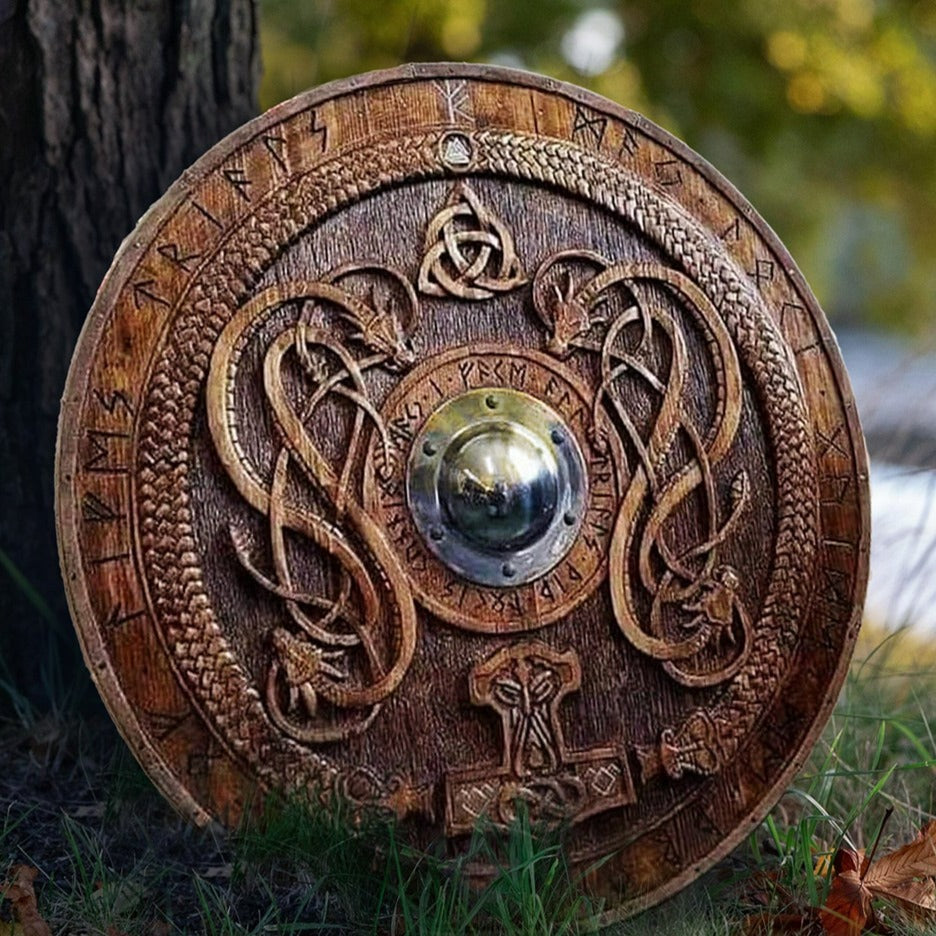
Viking Shields
Dating back to the Iron Age, Viking shields are composed of thin...
-
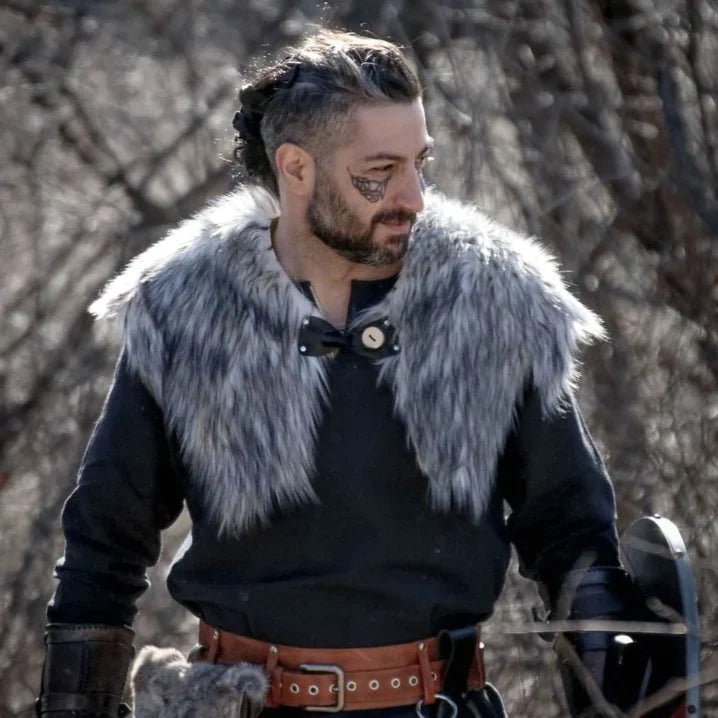
Mens Viking Costume
Formidable Viking Outfit: A Historically Accurate Men's Viking Costume with Shield and...
-
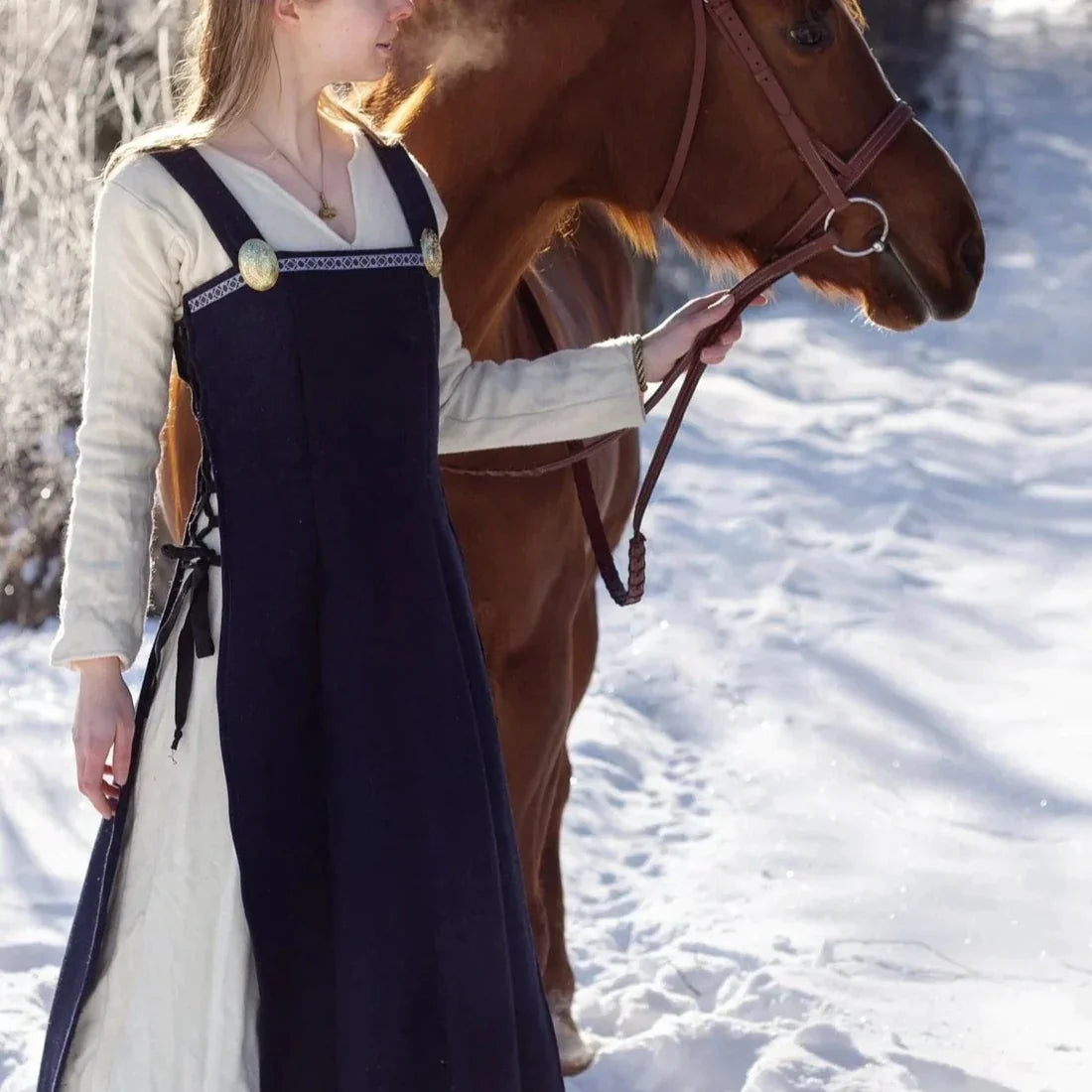
Womens Viking Costume
The Seer's vision and our Exclusive Women's Viking Costume Womens Viking costume...
-
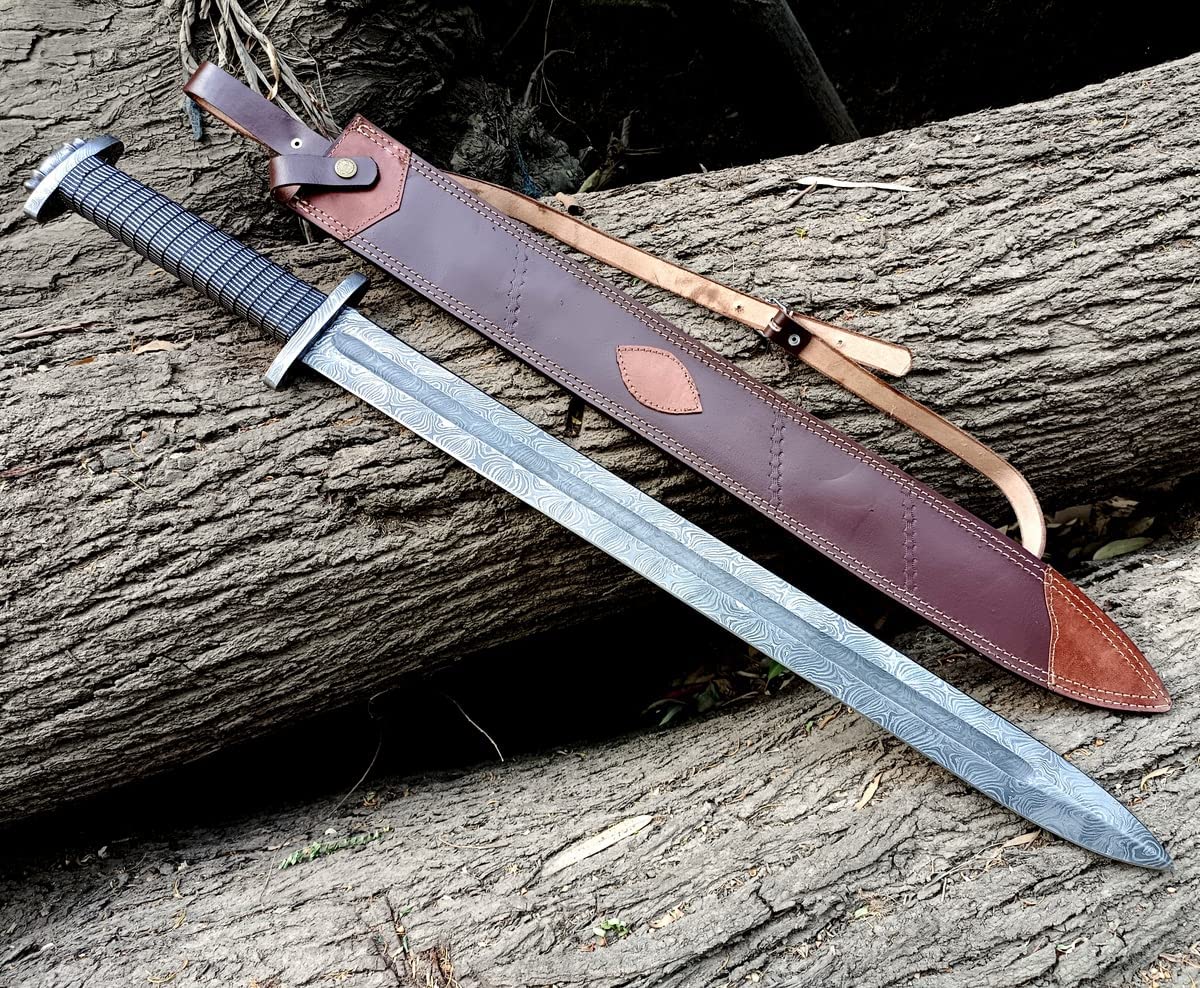
Viking Swords
At Drakka, our designs are influenced by historic medieval fashions. Viking swords...
-
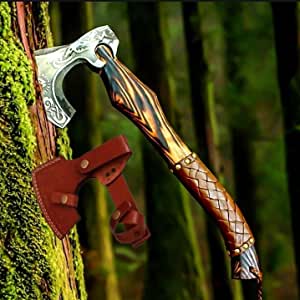
Viking Axe
The Viking axe was a common tool and weapon in the medieval...
-
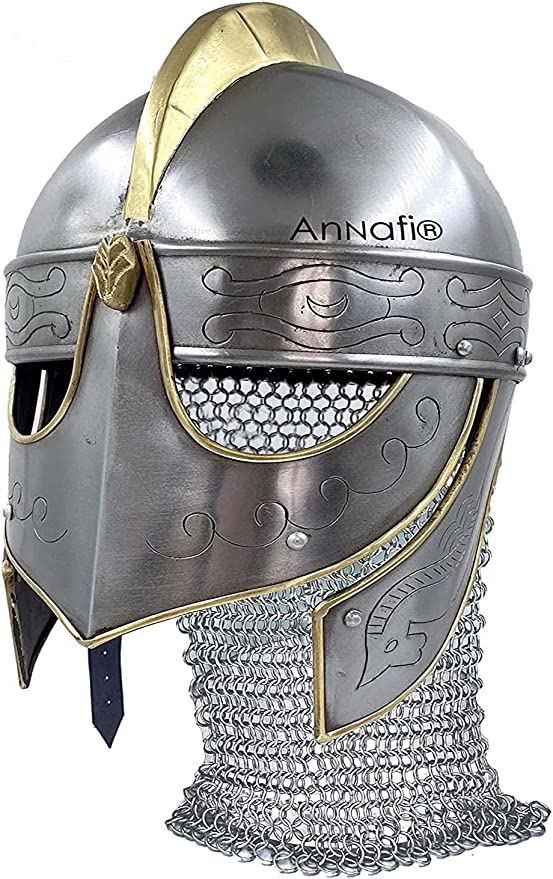
Viking Helmets
The term "Viking" describes the acts of the Norsemen from Norway, Iceland,...
-
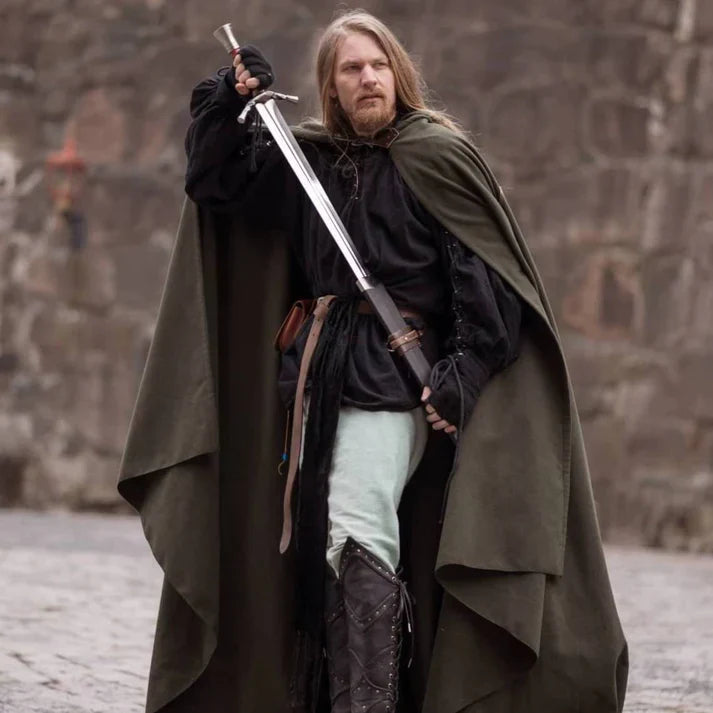
Viking Cloak
Keep yourself warm with our hand-stitched authentic wool Viking cloak cape and...






